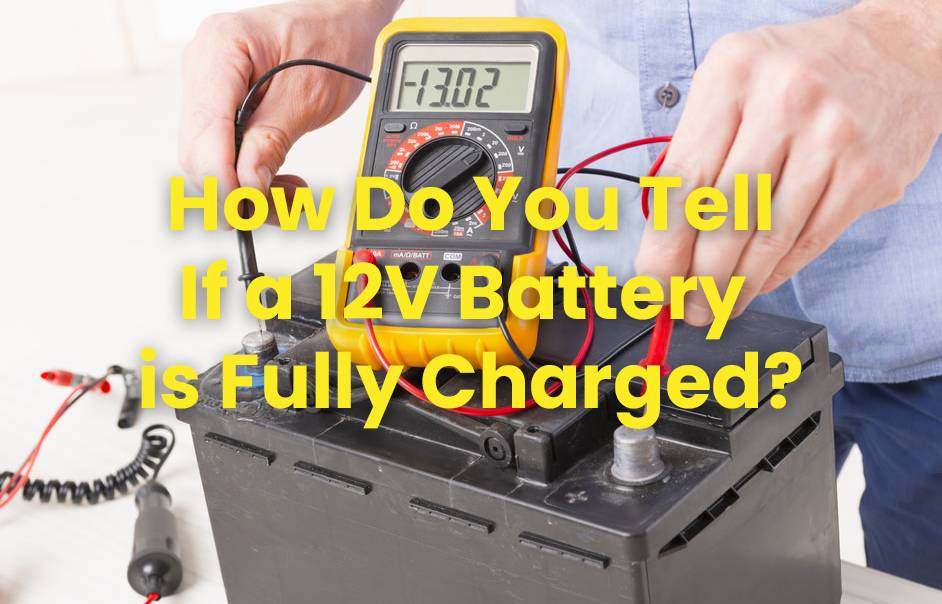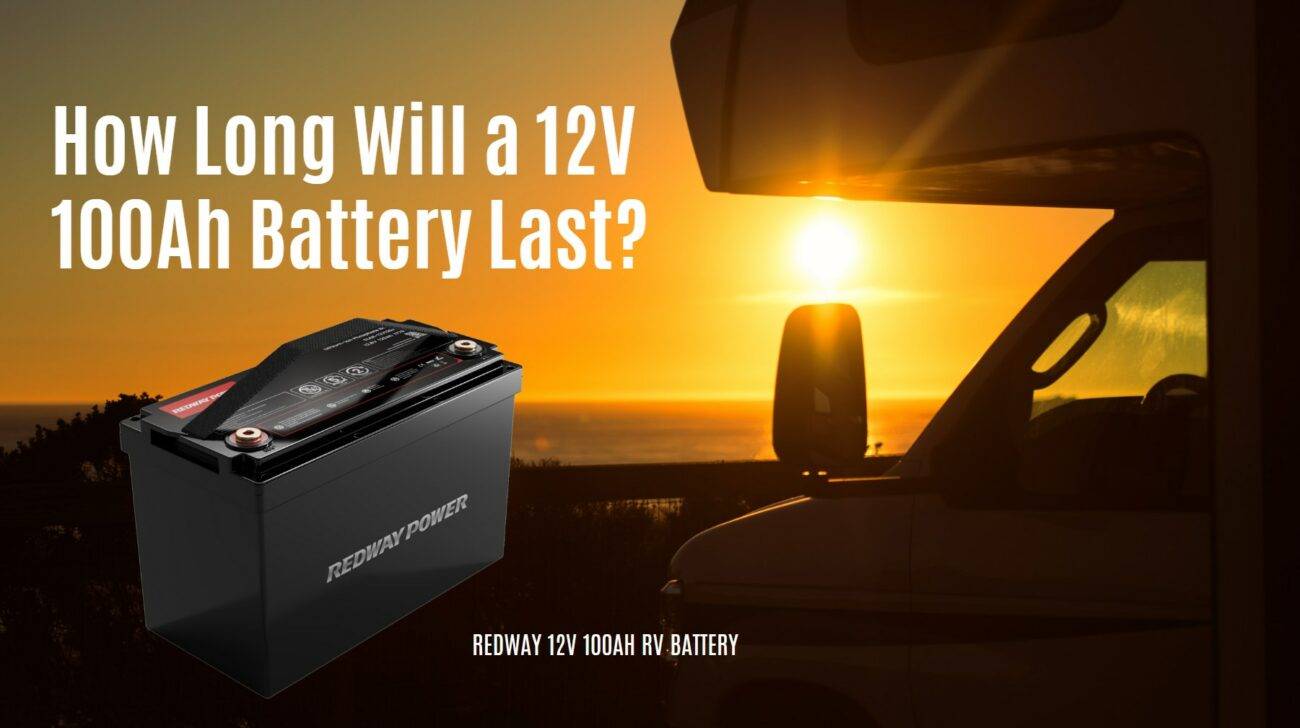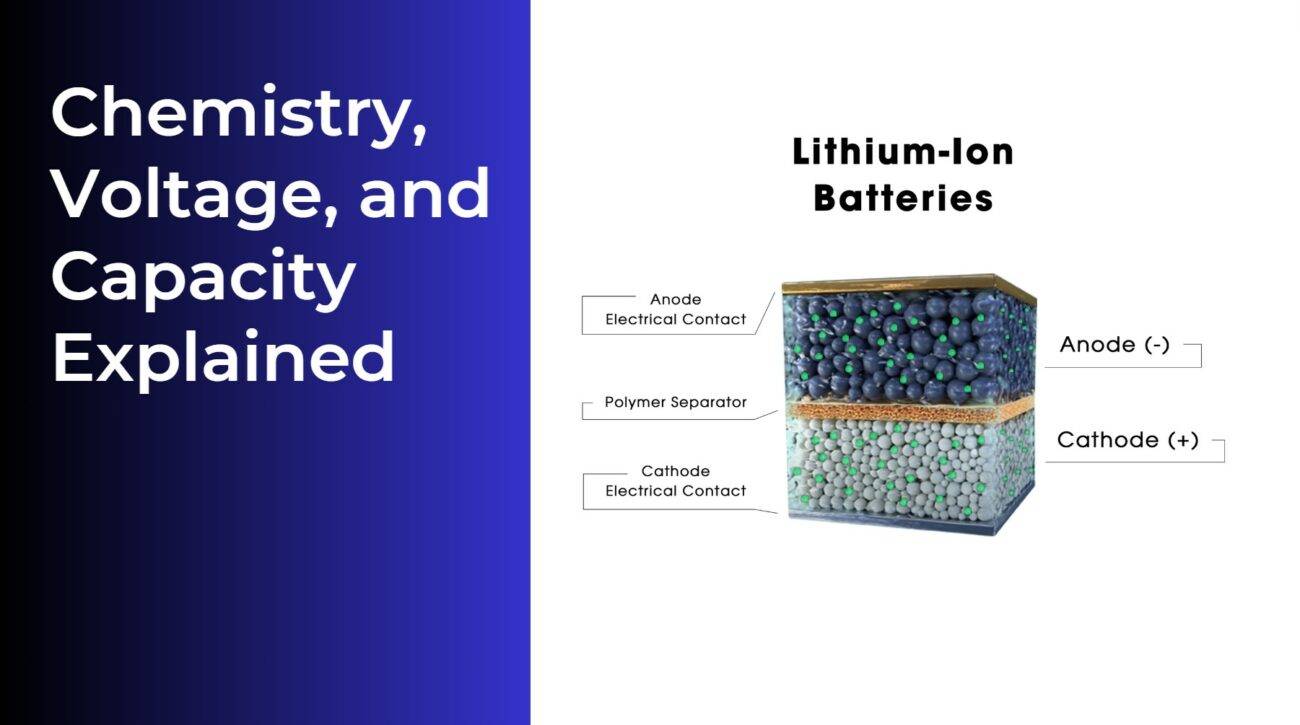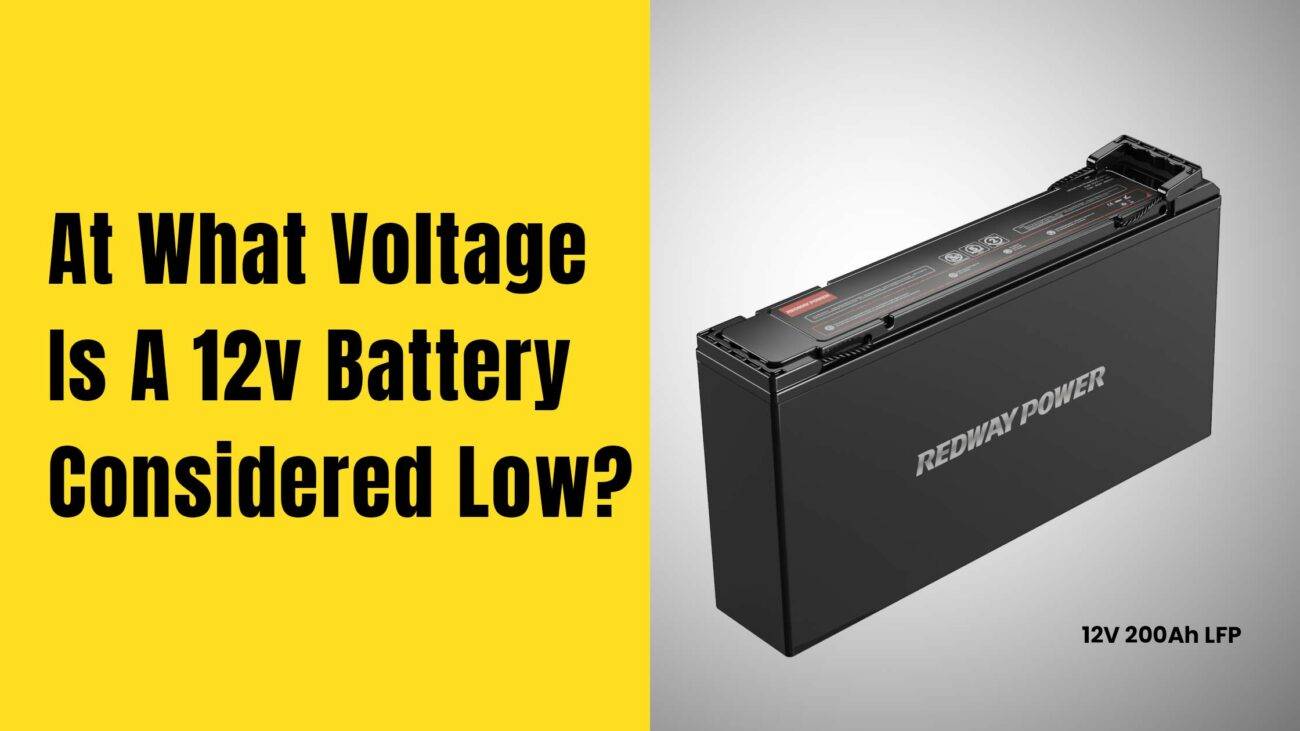- Forklift Lithium Battery
- Golf Cart Lithium Battery
- Rack-mounted Lithium Battery
51.2V 100Ah Rackmount LiFePO4 Battery
8000 times (80% DOD 0.5C)
Optional SNMP for TELECOM - Car Starter Battery
- 12V LiFePO4 Battery
12V 150Ah Lithium RV Battery
Bluetooth App | Self-heating
LiFePO4 | Group 31
UL 1642 | IEC 62619 - 24V LiFePO4 Battery
- 36V LiFePO4 Battery
- 48V LiFePO4 Battery
- 60V LiFePO4 Battery
60V 100Ah Lithium Battery (AGV, AMR, LGV)
Peak Discharge Current 400A
500 x 298 x 349 mm - 72V~96V LiFePO4 Battery
72V 100Ah Lithium Golf Cart Battery
Peak Discharge Current 315A (10S)
740 × 320 × 246 mm - Wall-mounted Lithium Battery
51.2V 100Ah 5kWh
Wall-mounted Battery532 x 425 x 170 mm / LiFePO4
>8000 Cycles (80% DOD 0.5C)
RS485 / CAN-bus
for Solar Home ESS - Home-ESS All-in-One
51.2V 32kWh
All-in-On HESS SystemPowerAll
51.2V / LiFePO4
>8000 Cycles (80% DOD 0.5C)
RS485 / CAN-bus / WiFi
All-in-One for Home ESS
How Can You Tell If a 12V Battery Is Fully Charged?

A fully charged 12V battery typically measures between 12.6 and 12.8 volts at rest. To test it, use a multimeter set to DC voltage and place the probes on the terminals. Readings below 12.6V suggest partial discharge, while anything near 12.0V or lower indicates a deeply discharged or damaged battery that needs attention.
What voltage means a 12V battery is fully charged?
A fully charged 12V lead-acid battery should read 12.6–12.8 volts when resting. A lithium 12V battery, like those from Redway Power, may read closer to 13.4–13.6 volts when fully charged. Anything below these ranges signals reduced capacity or incomplete charging.
Chart: Voltage vs. Battery Charge Level (Lead-Acid)
| Voltage Reading | Charge Level | Status |
|---|---|---|
| 12.8V | 100% | Fully charged |
| 12.6V | 90% | Nearly full |
| 12.4V | 50% | Half charged |
| 12.2V | 25% | Low |
| 12.0V or less | 0% | Flat or damaged |
How do you measure voltage on a 12V battery?
To measure, set a multimeter to DC volts (20V range is typical). Connect the red probe to the positive (+) terminal and the black probe to the negative (-) terminal. The displayed voltage indicates the state of charge. This simple method is reliable for both lead-acid and lithium batteries.
What is the difference between resting voltage and charging voltage?
Resting voltage is the reading after the battery has been idle for at least 6–12 hours. Charging voltage occurs when connected to a charger or alternator, usually ranging from 13.8–14.4V. Resting voltage reflects actual charge, while charging voltage reflects the input from a power source.
Can voltage alone confirm if a 12V battery is healthy?
No, voltage alone cannot confirm health. A battery may show 12.6V but still fail under load due to reduced capacity. Performing a load test or using tools like hydrometers (for lead-acid) provides a clearer picture of overall battery health.
What are the signs of a weak or failing 12V battery?
A weak battery often struggles to start engines, loses charge quickly, or shows dim headlights. Swelling, corrosion, or frequent recharge needs are also red flags. Consistently low readings below 12.4V after charging suggest declining capacity.
How long should a 12V battery keep its charge?
A healthy lead-acid battery should hold charge for several weeks without significant drop. Lithium batteries, like those from Redway Power, can maintain charge for months thanks to low self-discharge rates. Storage conditions such as temperature also influence how long charge is retained.
Does an alternator fully recharge a 12V battery?
Yes, alternators typically charge to around 13.8–14.4 volts, restoring most of a battery’s capacity during driving. However, short trips may not fully recharge deeply discharged batteries. In such cases, a dedicated charger ensures a complete top-up.
How often should you test a 12V battery?
Testing every three months is a good practice, or sooner if you notice weak starts or dim lights. Regular testing prevents unexpected breakdowns and helps identify when replacement is needed before total failure occurs.
Which tools besides a multimeter can test a 12V battery?
Other tools include hydrometers (for checking electrolyte density in lead-acid), load testers, and battery monitoring systems. For lithium batteries, built-in Battery Management Systems (BMS) provide digital insights into state of charge, cycles, and health.
Can lithium 12V batteries be tested the same way as lead-acid?
Yes, but with different voltage ranges. Lithium 12V batteries often rest between 13.2–13.6 volts fully charged, compared to 12.6–12.8 volts for lead-acid. Multimeter checks work the same way, but lithium batteries require attention to BMS data for precise health insights.
Chart: Lead-Acid vs. Lithium 12V Battery Voltage
| Battery Type | Fully Charged | Half Charged | Flat |
|---|---|---|---|
| Lead-Acid | 12.6–12.8V | 12.4V | ≤12.0V |
| Lithium (LiFePO4) | 13.2–13.6V | 12.8V | ≤12.0V |
Redway Power Expert Views
“At Redway Power, we emphasize the importance of regular voltage checks combined with load testing for accurate results. Many assume that 12.6 volts always means ‘healthy,’ but hidden capacity loss can exist. Lithium batteries, especially LiFePO4, deliver clearer, more consistent readings, making them easier to monitor and maintain compared to traditional lead-acid batteries.”
Conclusion
A fully charged 12V battery shows 12.6–12.8V for lead-acid or 13.2–13.6V for lithium types. Measuring with a multimeter, understanding resting vs. charging voltage, and recognizing weak battery signs ensures long-lasting performance. With expert input from Redway Power, users can trust that proper testing leads to safer, more reliable energy storage.
FAQs
Q1: What voltage is too low for a 12V battery?
Anything below 12.0V is considered flat or discharged and may indicate permanent damage.
Q2: Can a 12V battery show 12.6V but still be bad?
Yes, voltage alone cannot confirm health. Load testing is needed to reveal true capacity.
Q3: How do I test a lithium 12V battery?
Use a multimeter for voltage and check the BMS for cycle count, charge level, and temperature data.
Q4: How often should I recharge a stored 12V battery?
Recharge every 3 months for lead-acid, while lithium types like Redway Power’s packs may last up to 6 months without recharge.




























